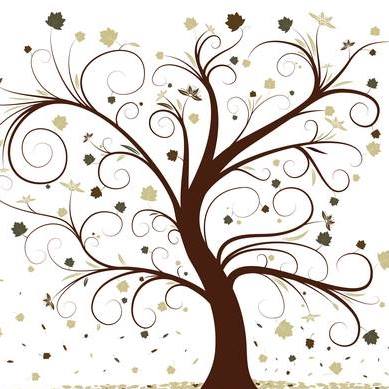Childhood Trauma
Trauma and the Brain
Trauma is defined as an emotional reaction to a severely disturbing experience. Events that can cause trauma are injury, serious illness, rape or natural disaster. Commonly after the event occurs people experience shock, anger, depression and denial. Long term responses that a person might
experience after the event are flashbacks, strained relationships, headaches or nausea. These are all normal responses, but they can stop a person from moving forward in life. The emotions towards the trauma change from day to day and vary in extremity on a daily basis as well. Some victims of trauma become strongly attached to the abuser, this is known as traumatic bonding. The overwhelming feelings that are associated with trauma can lead to both alcohol and drug abuse in order to separate one’s thoughts from reality.
“Trauma is a normal human response to abnormal events”.
The reptilian is the part of the brain that maintains basic bodily functions, such as a heart beating. The reptilian responds to stress by sending out signals for the body to either experience stages of fright, flight or have the body freeze all together. In conjunction with the reptilian is the limbic system which contains and controls, emotions, fears, memories, and pleasure. The two key components to the limbic system are the amygdala and the hippocampus. The amygdala senses danger and sends signals that put the body into a state of alarm. The main job of the hippocampus is to store memories. When danger is sensed through the amygdala, the hippocampus is alerted and stops the storage of memories. Then the hippocampus pumps cortisol in order to stop the body from feeling pain. This happens because the hippocampus can recall memories of a danger occurring or seeing this danger occur. An example, would be touching a hot stove and burning yourself. The body will continue to react to this event because the hippocampus is able to recollect the event and send a signal to the amygdala to assure this system that it is correct in going into a state of alarm.
The National Child Traumatic Stress Network
When the body continuously experiences trauma there is a risk of developing Post Traumatic Stress Disorder (PTSD). Commonly PTSD symptoms are sorted into four categories: unpleasant memories, changes in the person thinking and mood in a negative way, avoidance, and changes in emotional and physical responses. Over time symptoms will vary. After this continuous trauma, the body begins to develop positive and negative stimuli towards certain events, these are referred to as triggers.
Triggers have a vast range in regards to what they can be, and are different for everybody. These are very personal, and may cause the individual to avoid certain situations that bring them back to original trauma. The trigger does not have to be threatening or even directly related to the original trauma, however depending on the situation and circumstance that a person is in, may cause a relapse in memory that will lead them to re-live the events of the original trauma, that come in the form of flashbacks, hallucinations, and reenacting the trauma towards other people.
